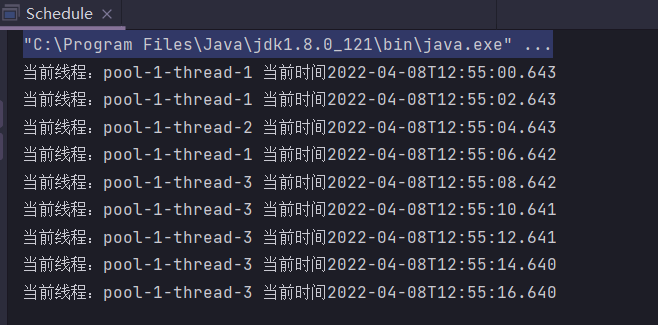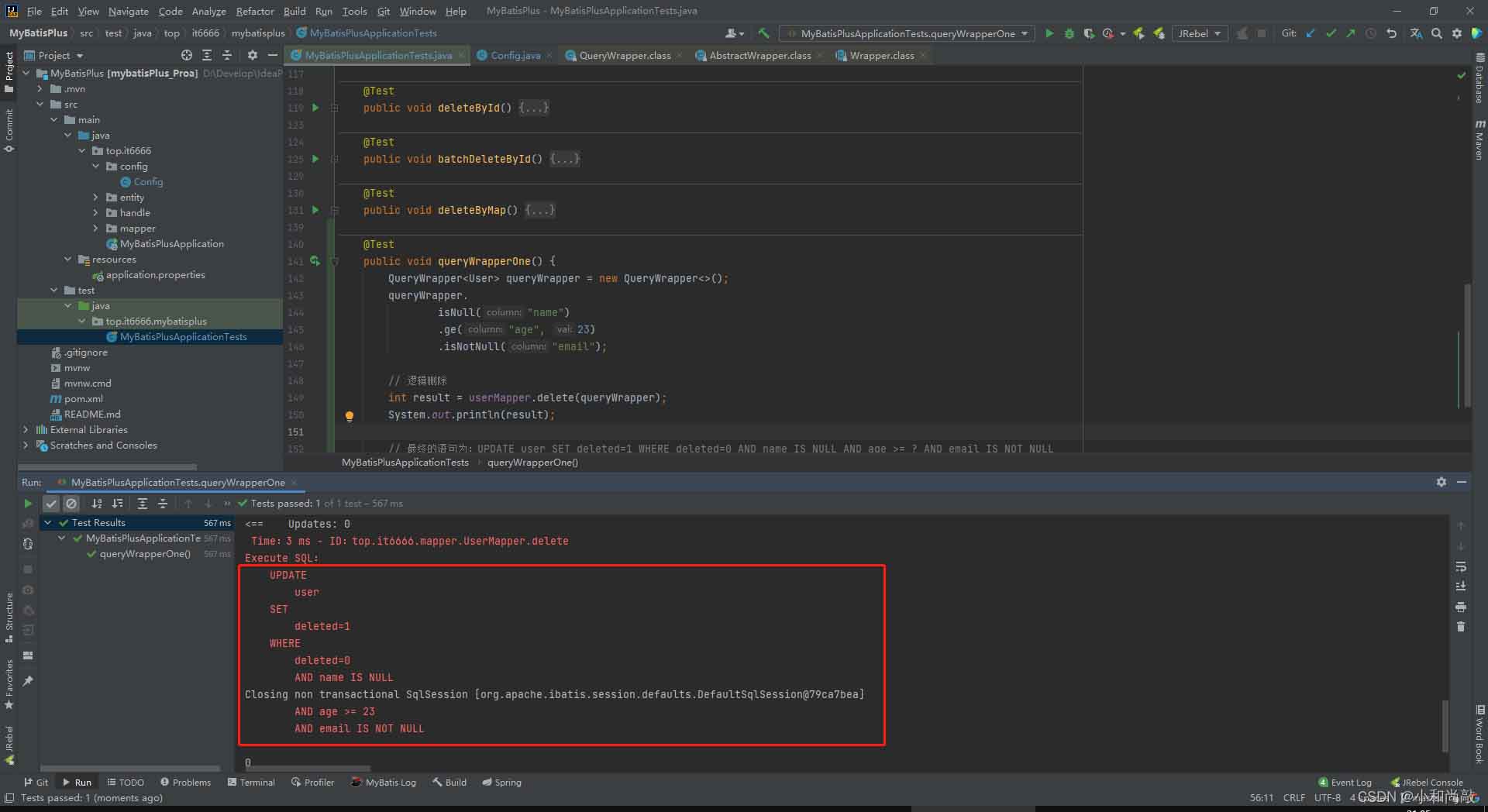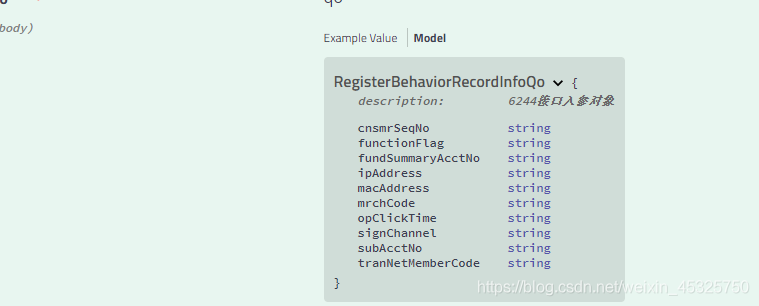这篇文章主要介绍了SpringBoot启动过程的实现,文中通过示例代码介绍的非常详细,对大家的学习或者工作具有一定的参考学习价值,需要的朋友们下面随着小编来一起学习学习吧
SpringApplication构造分析
1、记录 BeanDefinition 源
spring容器刚开始是空的,要去各个源找到beanDefinition,这些源可能是配置类,可能是xml文件。在构造方法里会获取一个主源,也就是引导类,根据引导类去获取beanDefinition。
2、推断应用类型
根据jar包去判断是什么引用类型
3、记录 ApplicationContext 初始化器
对ApplicationContext做扩展
4、记录监听器
监听重要事件
5、推断主启动类
记录运行的主类。
SpringApplication run分析
1、得到 SpringApplicationRunListeners,名字取得不好,实际是事件发布器
发布 application starting 事件,在程序启动的重要节点发布事件
public static void main(String[] args) throws Exception{
// 添加 app 监听器
SpringApplication app = new SpringApplication();
app.addListeners(e -> System.out.println(e.getClass()));
// 获取事件发送器实现类名
List<String> names = SpringFactoriesLoader.loadFactoryNames(SpringApplicationRunListener.class, A39_2.class.getClassLoader());
for (String name : names) {
System.out.println(name);
Class<?> clazz = Class.forName(name);
Constructor<?> constructor = clazz.getConstructor(SpringApplication.class, String[].class);
SpringApplicationRunListener publisher = (SpringApplicationRunListener) constructor.newInstance(app, args);
// 发布事件
DefaultBootstrapContext bootstrapContext = new DefaultBootstrapContext();
publisher.starting(bootstrapContext); // spring boot 开始启动
publisher.environmentPrepared(bootstrapContext, new StandardEnvironment()); // 环境信息准备完毕
GenericApplicationContext context = new GenericApplicationContext();
publisher.contextPrepared(context); // 在 spring 容器创建,并调用初始化器之后,发送此事件
publisher.contextLoaded(context); // 所有 bean definition 加载完毕
context.refresh();
publisher.started(context); // spring 容器初始化完成(refresh 方法调用完毕)
publisher.running(context); // spring boot 启动完毕
publisher.failed(context, new Exception("出错了")); // spring boot 启动出错
}2、封装启动 args
3、准备 Environment 添加命令行参数(*)
public static void main(String[] args) throws IOException {
ApplicationEnvironment env = new ApplicationEnvironment(); // 系统环境变量, properties, yaml
env.getPropertySources().addLast(new ResourcePropertySource(new ClassPathResource("step3.properties")));
env.getPropertySources().addFirst(new SimpleCommandLinePropertySource(args));
for (PropertySource<?> ps : env.getPropertySources()) {
System.out.println(ps);
}
// System.out.println(env.getProperty("JAVA_HOME"));
System.out.println(env.getProperty("server.port"));
}4、ConfigurationPropertySources 处理(*)
发布 application environment 已准备事件
public static void main(String[] args) throws IOException, NoSuchFieldException {
ApplicationEnvironment env = new ApplicationEnvironment();
env.getPropertySources().addLast(
new ResourcePropertySource("step4", new ClassPathResource("step4.properties"))
);
ConfigurationPropertySources.attach(env);
for (PropertySource<?> ps : env.getPropertySources()) {
System.out.println(ps);
}
System.out.println(env.getProperty("user.first-name"));
System.out.println(env.getProperty("user.middle-name"));
System.out.println(env.getProperty("user.last-name"));
}
}5、通过 EnvironmentPostProcessorApplicationListener 进行 env 后处理(*)
application.properties,由 StandardConfigDataLocationResolver 解析
spring.application.json
public class Step5 {
public static void main(String[] args) {
SpringApplication app = new SpringApplication();
app.addListeners(new EnvironmentPostProcessorApplicationListener());
/*List<String> names = SpringFactoriesLoader.loadFactoryNames(EnvironmentPostProcessor.class, Step5.class.getClassLoader());
for (String name : names) {
System.out.println(name);
}*/
EventPublishingRunListener publisher = new EventPublishingRunListener(app, args);
ApplicationEnvironment env = new ApplicationEnvironment();
System.out.println(">>>>>>>>>>>>>>>>>>>>>>>>> 增强前");
for (PropertySource<?> ps : env.getPropertySources()) {
System.out.println(ps);
}
publisher.environmentPrepared(new DefaultBootstrapContext(), env);
System.out.println(">>>>>>>>>>>>>>>>>>>>>>>>> 增强后");
for (PropertySource<?> ps : env.getPropertySources()) {
System.out.println(ps);
}
}
private static void test1() {
SpringApplication app = new SpringApplication();
ApplicationEnvironment env = new ApplicationEnvironment();
System.out.println(">>>>>>>>>>>>>>>>>>>>>>>>> 增强前");
for (PropertySource<?> ps : env.getPropertySources()) {
System.out.println(ps);
}
ConfigDataEnvironmentPostProcessor postProcessor1 = new ConfigDataEnvironmentPostProcessor(new DeferredLogs(), new DefaultBootstrapContext());
postProcessor1.postProcessEnvironment(env, app);
System.out.println(">>>>>>>>>>>>>>>>>>>>>>>>> 增强后");
for (PropertySource<?> ps : env.getPropertySources()) {
System.out.println(ps);
}
RandomValuePropertySourceEnvironmentPostProcessor postProcessor2 = new RandomValuePropertySourceEnvironmentPostProcessor(new DeferredLog());
postProcessor2.postProcessEnvironment(env, app);
System.out.println(">>>>>>>>>>>>>>>>>>>>>>>>> 增强后");
for (PropertySource<?> ps : env.getPropertySources()) {
System.out.println(ps);
}
System.out.println(env.getProperty("server.port"));
System.out.println(env.getProperty("random.int"));
System.out.println(env.getProperty("random.int"));
System.out.println(env.getProperty("random.int"));
System.out.println(env.getProperty("random.uuid"));
System.out.println(env.getProperty("random.uuid"));
System.out.println(env.getProperty("random.uuid"));
}
}6、绑定 spring.main 到 SpringApplication 对象(*)
把配置文件中的值赋给SpringApplication的默认属性值
public class Step6 {
// 绑定 spring.main 前缀的 key value 至 SpringApplication, 请通过 debug 查看
public static void main(String[] args) throws IOException {
SpringApplication application = new SpringApplication();
ApplicationEnvironment env = new ApplicationEnvironment();
env.getPropertySources().addLast(new ResourcePropertySource("step6", new ClassPathResource("step6.properties")));
System.out.println(application);
Binder.get(env).bind("spring.main", Bindable.ofInstance(application));
System.out.println(application);
}7、打印 banner(*)
public class Step7 {
public static void main(String[] args) {
ApplicationEnvironment env = new ApplicationEnvironment();
SpringApplicationBannerPrinter printer = new SpringApplicationBannerPrinter(
new DefaultResourceLoader(),
new SpringBootBanner()
);
// 测试文字 banner
// env.getPropertySources().addLast(new MapPropertySource("custom", Map.of("spring.banner.location","banner1.txt")));
// 测试图片 banner
// env.getPropertySources().addLast(new MapPropertySource("custom", Map.of("spring.banner.image.location","banner2.png")));
// 版本号的获取
System.out.println(SpringBootVersion.getVersion());
printer.print(env, Step7.class, System.out);
}
}8、创建容器
private static GenericApplicationContext createApplicationContext(WebApplicationType type) {
GenericApplicationContext context = null;
switch (type) {
case SERVLET -> context = new AnnotationConfigServletWebServerApplicationContext();
case REACTIVE -> context = new AnnotationConfigReactiveWebServerApplicationContext();
case NONE -> context = new AnnotationConfigApplicationContext();
}
return context;
}9、准备容器发布
application context 已初始化事件
10、加载 bean 定义
发布 application prepared 事件
DefaultListableBeanFactory beanFactory = context.getDefaultListableBeanFactory();
AnnotatedBeanDefinitionReader reader1 = new AnnotatedBeanDefinitionReader(beanFactory);
XmlBeanDefinitionReader reader2 = new XmlBeanDefinitionReader(beanFactory);
ClassPathBeanDefinitionScanner scanner = new ClassPathBeanDefinitionScanner(beanFactory);
reader1.register(Config.class);
reader2.loadBeanDefinitions(new ClassPathResource("b03.xml"));
scanner.scan("com.itheima.a39.sub");11、refresh 容器
发布 application started 事件
12、执行 runner
- 发布 application ready 事件
- 这其中有异常,发布 application failed 事件
到此这篇关于Springboot详解底层启动过程的文章就介绍到这了,更多相关Springboot启动过程内容请搜索编程学习网以前的文章希望大家以后多多支持编程学习网!
本文标题为:Springboot详解底层启动过程


基础教程推荐
- 运用El表达式截取字符串/获取list的长度实例 2023-08-01
- Java+mysql实现学籍管理系统 2023-03-16
- 是否适合从javabean类更新数据库? 2023-11-04
- 深入理解约瑟夫环的数学优化方法 2024-03-07
- springboot下使用shiro自定义filter的个人经验分享 2024-02-27
- Java中EnvironmentAware 接口的作用 2023-01-23
- Java编写实现窗体程序显示日历 2023-01-02
- JavaWeb 实现验证码功能(demo) 2024-04-14
- 使用Java和WebSocket实现网页聊天室实例代码 2024-02-25
- JSP 动态树的实现 2023-12-17

















